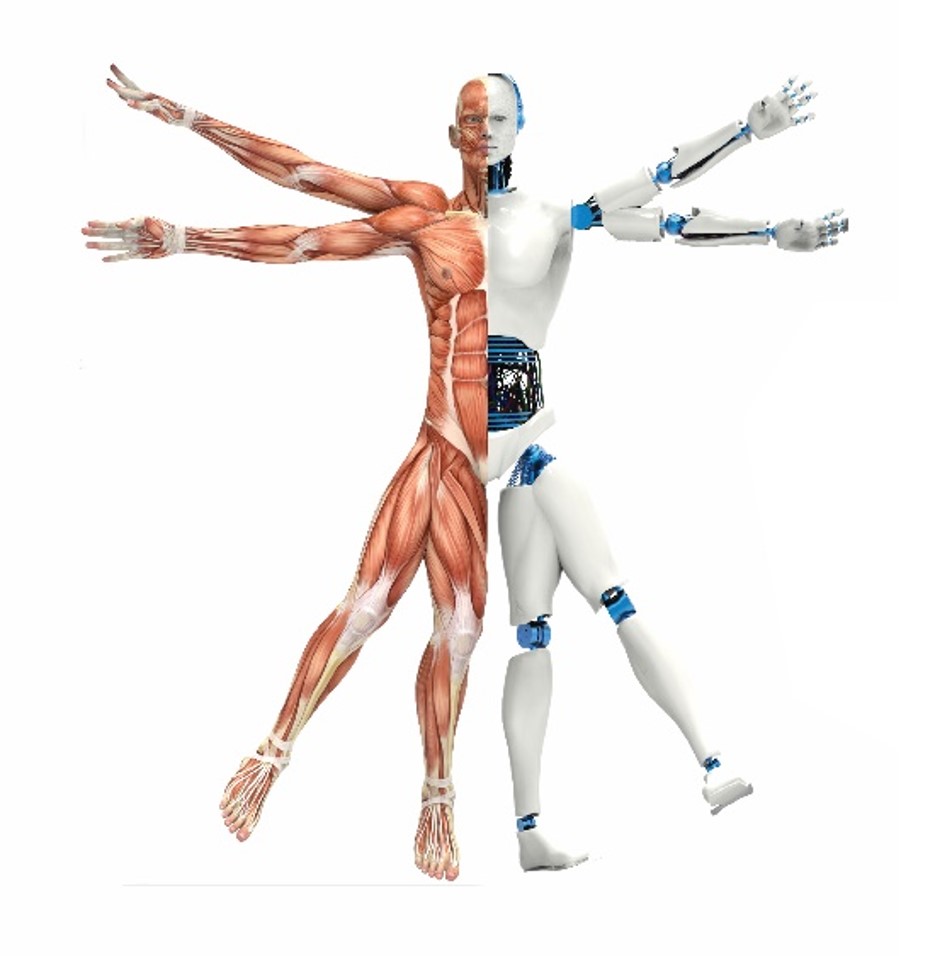Vision Statement: Interactive Materials–Drivers of Future Robotic Systems

A robot senses its environment, processes the sensory information, acts in response to these inputs, and possibly communicates with the outside world. Robots generally achieve these tasks with electronics-based hardware or by receiving inputs from some external hardware. In contrast, simple microorganisms can autonomously perceive, act, and communicate via purely physicochemical processes in soft material systems. A key property of biological systems is that they are built from energy-consuming ‘active’ units. Exciting developments in material science show that even very simple artificial active building blocks can show surprisingly rich emergent behaviors. Active non-equilibrium systems are therefore predicted to play an essential role to realize interactive materials. A major challenge is to find robust ways to couple and integrate the energy-consuming building blocks to the mechanical structure of the material. However, success in this endeavor will lead to a new generation of sophisticated micro- and soft-robotic systems that can operate autonomously.
| Author(s): | Fischer, P. |
| Journal: | Advanced Materials |
| Volume: | 32 |
| Number (issue): | 20 |
| Pages: | 1905953 |
| Year: | 2020 |
| Month: | January |
| Day: | 13 |
| Bibtex Type: | Article (article) |
| DOI: | 10.1002/adma.201905953 |
| URL: | https://doi.org/10.1002/adma.201905953 |
| Electronic Archiving: | grant_archive |
| Note: | Invited Vision Statement |
BibTex
@article{Fischer2020,
title = {Vision Statement: Interactive Materials–Drivers of Future Robotic Systems},
journal = {Advanced Materials},
abstract = {A robot senses its environment, processes the sensory information, acts in response to these inputs, and possibly communicates with the outside world. Robots generally achieve these tasks with electronics-based hardware or by receiving inputs from some external hardware. In contrast, simple microorganisms can autonomously perceive, act, and communicate via purely physicochemical processes in soft material systems. A key property of biological systems is that they are built from energy-consuming ‘active’ units. Exciting developments in material science show that even very simple artificial active building blocks can show surprisingly rich emergent behaviors. Active non-equilibrium systems are therefore predicted to play an essential role to realize interactive materials. A major challenge is to find robust ways to couple and integrate the energy-consuming building blocks to the mechanical structure of the material. However, success in this endeavor will lead to a new generation of sophisticated micro- and soft-robotic systems that can operate autonomously.},
volume = {32},
number = {20},
pages = {1905953},
month = jan,
year = {2020},
note = {Invited Vision Statement},
slug = {fischer2019},
author = {Fischer, P.},
url = { https://doi.org/10.1002/adma.201905953},
month_numeric = {1}
}
